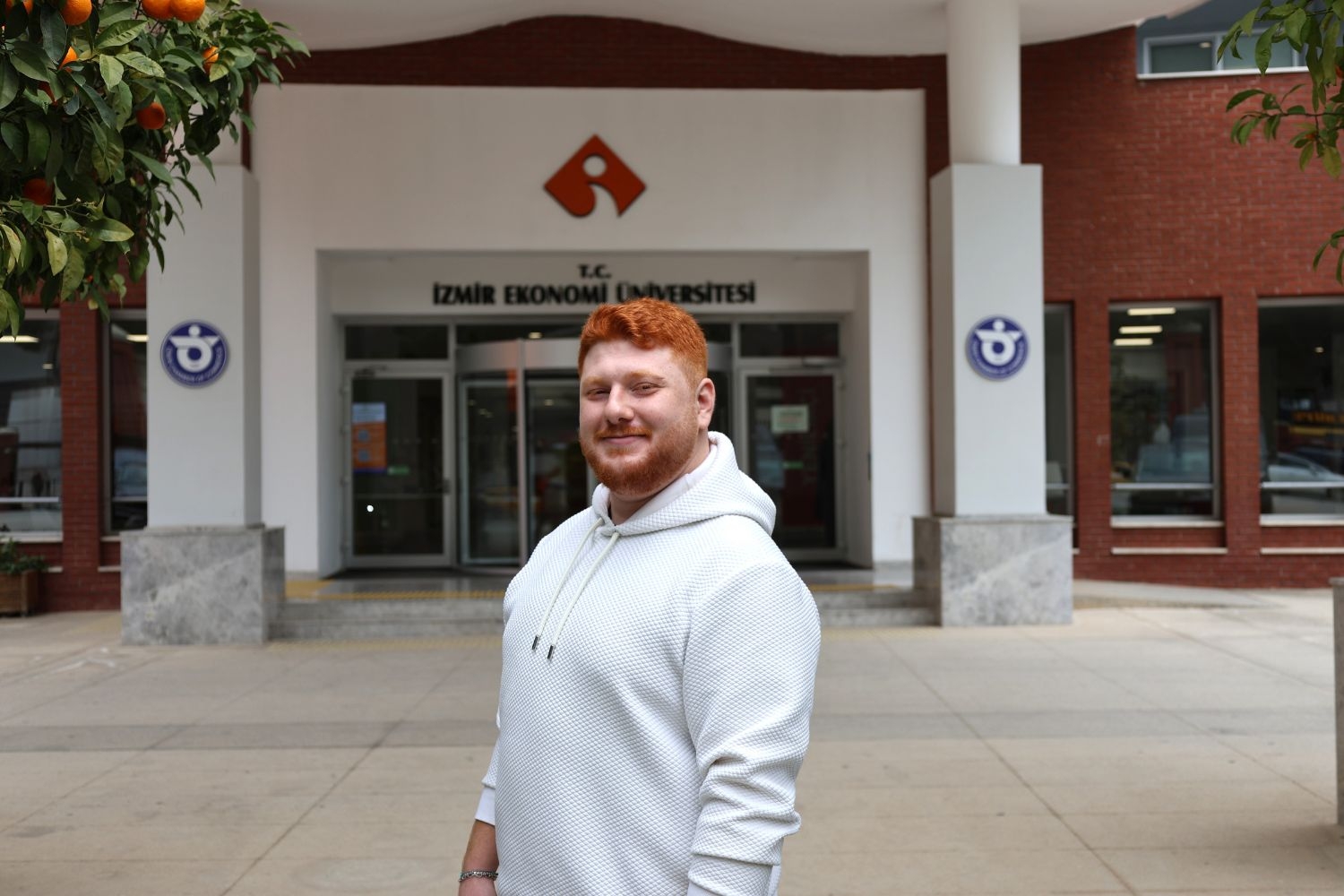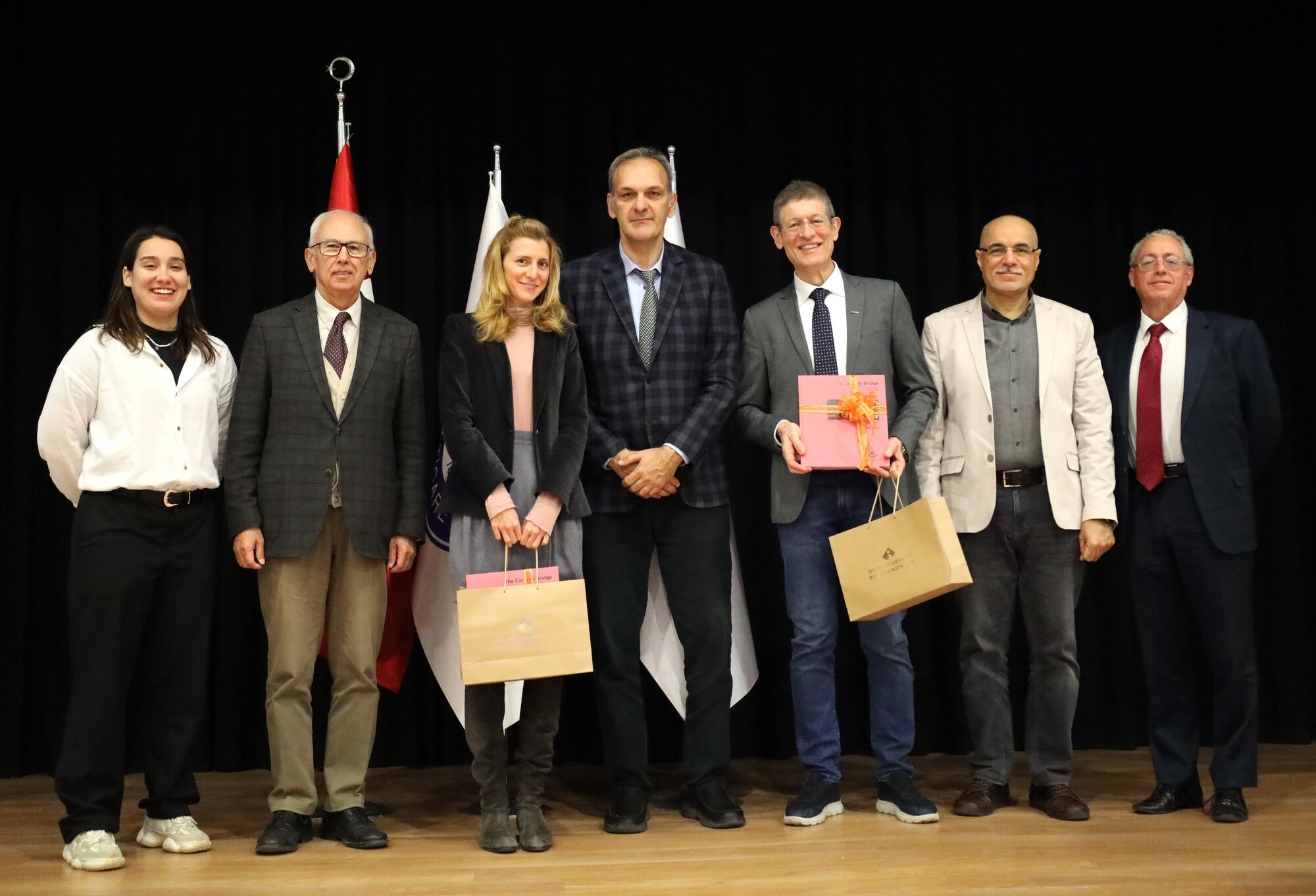
Italian National Space Day Workshop
16 Aralık 2024 tarihinde İzmir Ekonomi Üniversitesi Havacılık ve Uzay Mühendisliği Bölümü tarafından düzenlenen İtalyan Ulusal Uzay Günü Çalıştayı, akademisyenler, ...
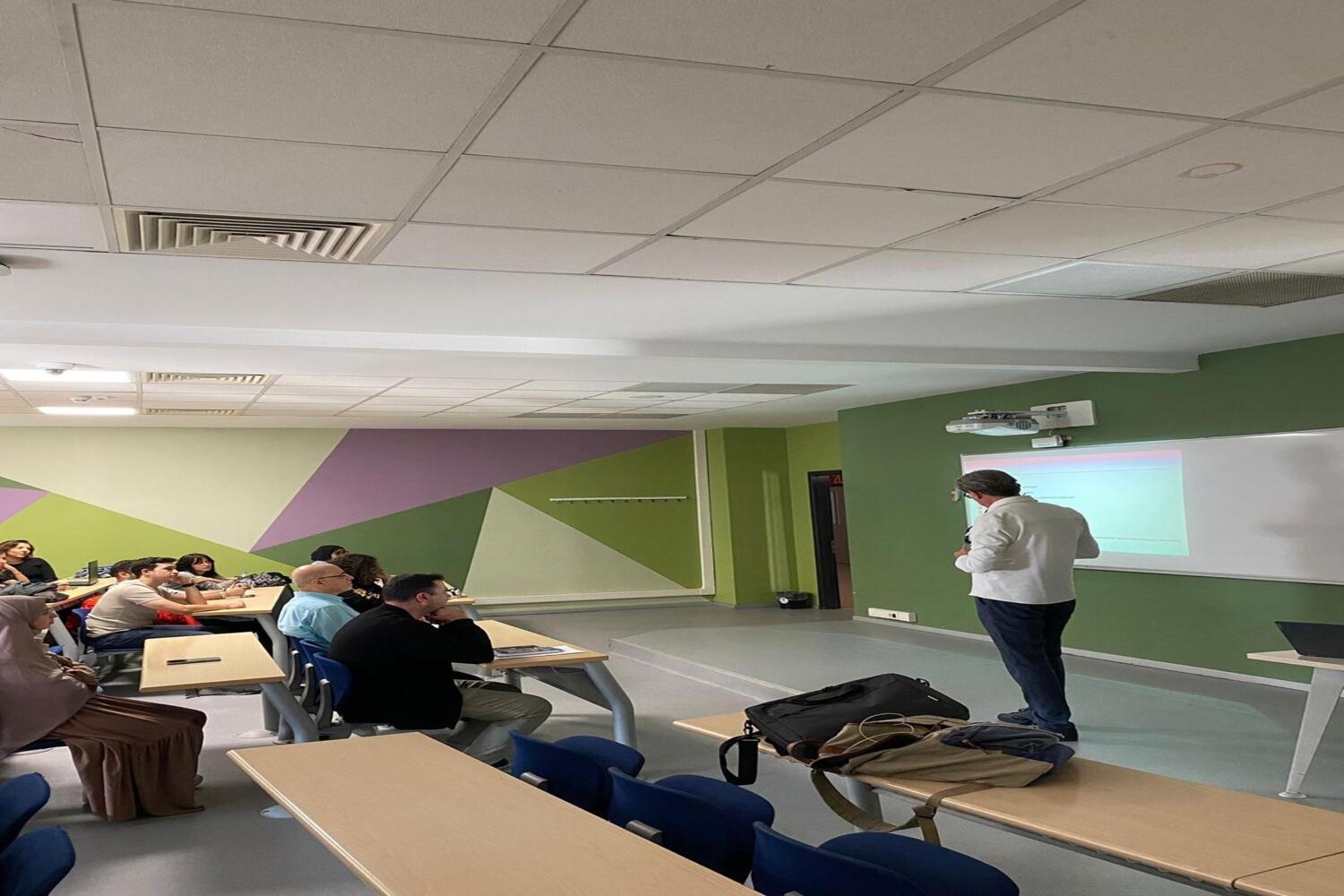
Project Management in Aerospace Seminer
Üniversitemizin Havacılık ve Uzay Mühendisliği bölümü ''Project Management in Aerospace'' adlı seminer düzenledi. 30 Ekim Çarşamba günü Timur Akgül Üniversitemizi ...
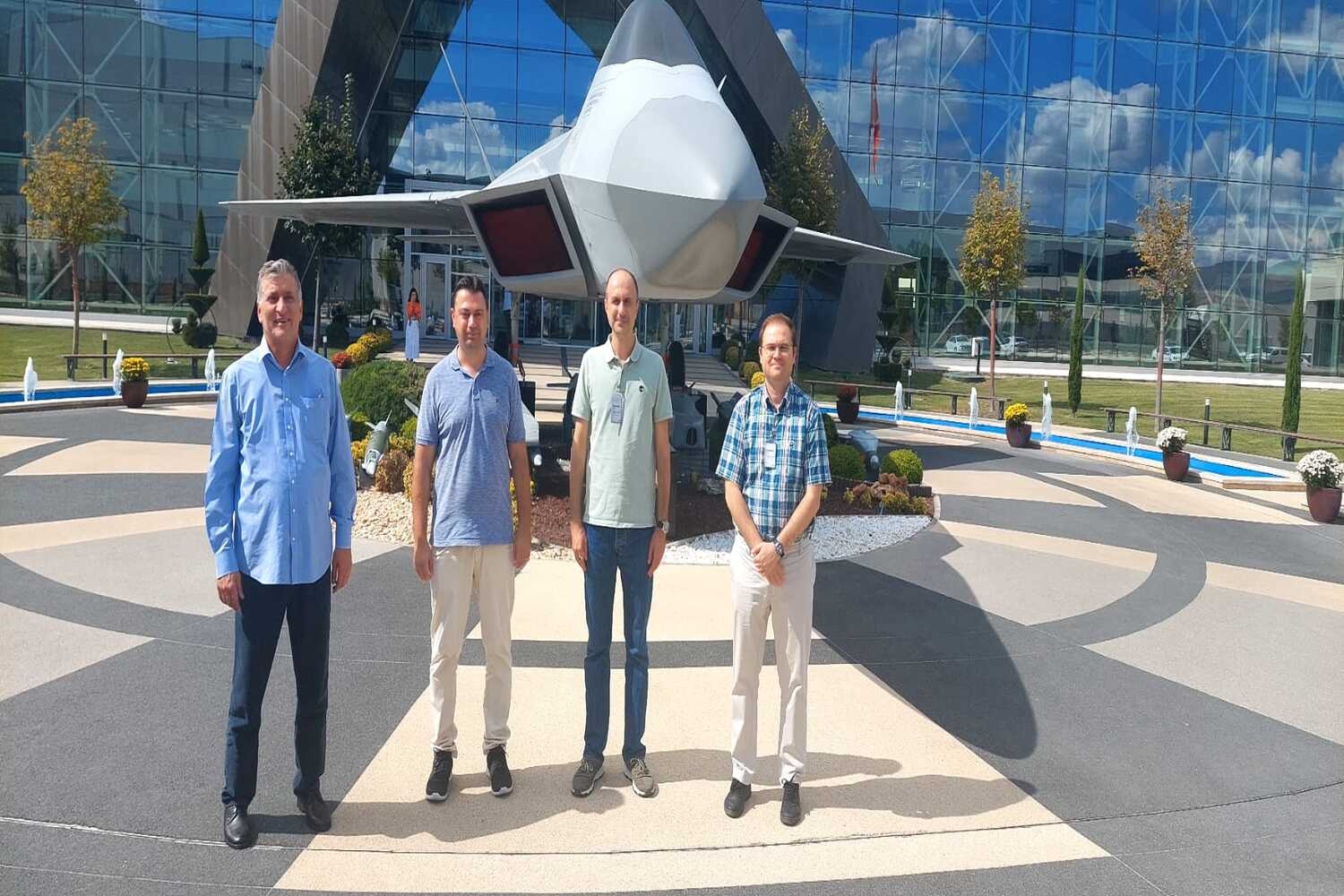
TAI ziyareti
20 Eylül 2024 tarihinde Havacılık ve Uzay Mühendisliği ve Makina Mühendisliği bölümü öğretim üyeleri tarafından TUSAŞ Havacılık ve Uzay Sanayiine (TAI) Teknik Gezi ...
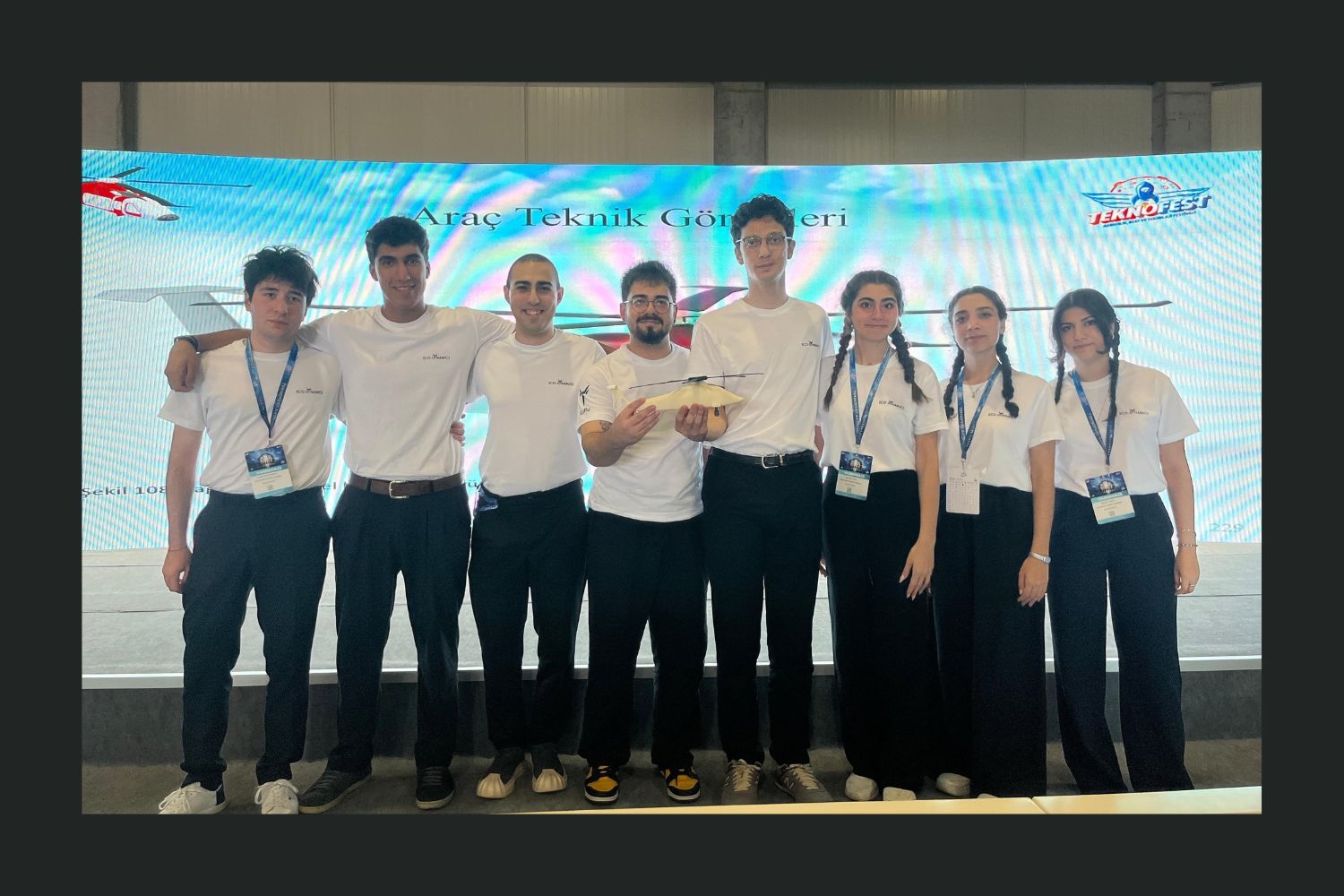
Helikopterle Ödüle Uçtular
İzmir Ekonomi Üniversitesi (İEÜ) öğrencileri, yaklaşık bir yıllık çalışma sonunda tasarladıkları ‘Çalıkuşu’ adlı helikopterle TEKNOFEST kapsamında düzenlenen Helikopter Tasarım Yarışması’nda ...
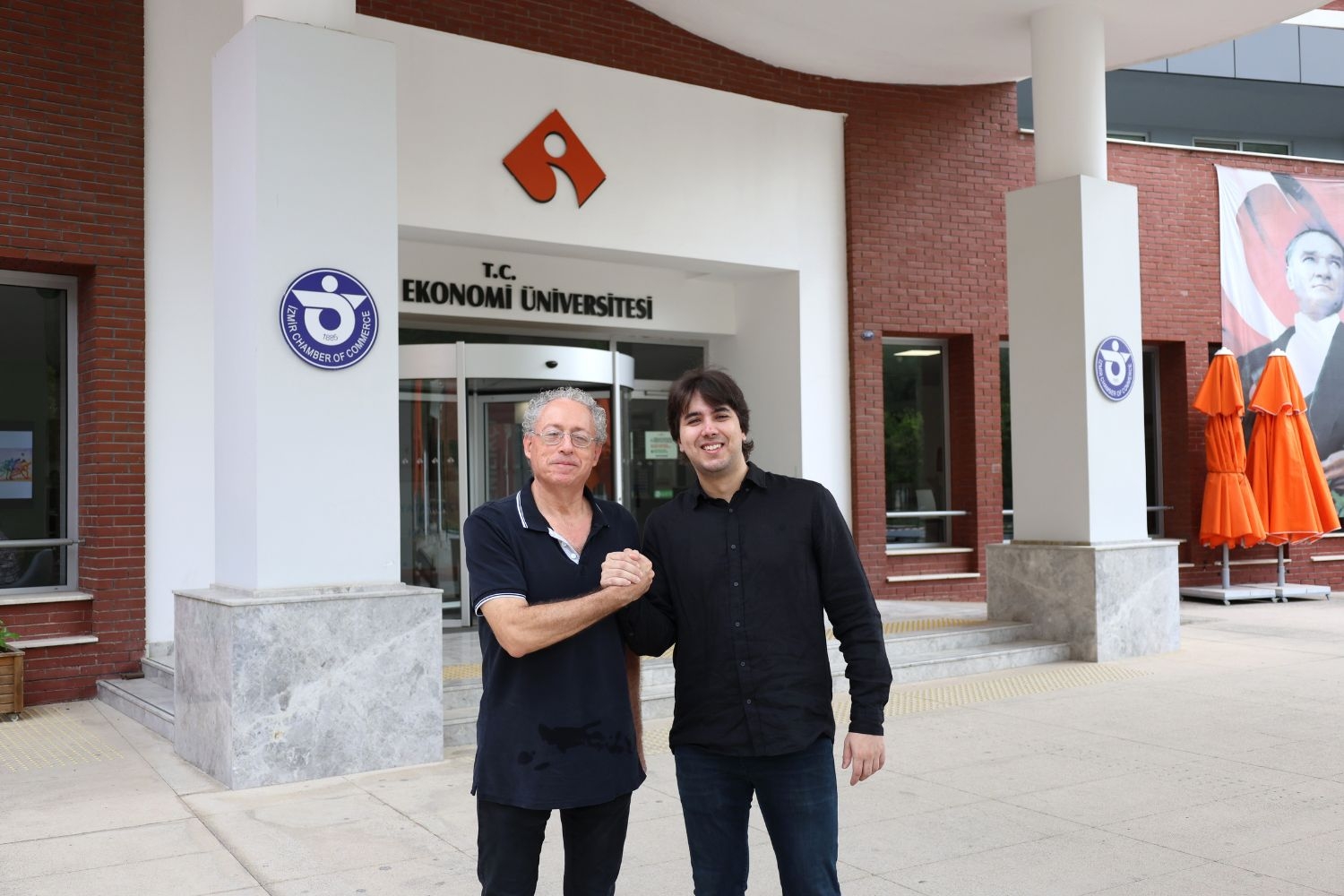
İngiltere’de Uzay Eğitimi
İzmir Ekonomi Üniversitesi (İEÜ) Havacılık ve Uzay Mühendisliği Bölümü mezunu Burak Köse, dünyanın en iyi 50 üniversitesi arasında yer alan ...
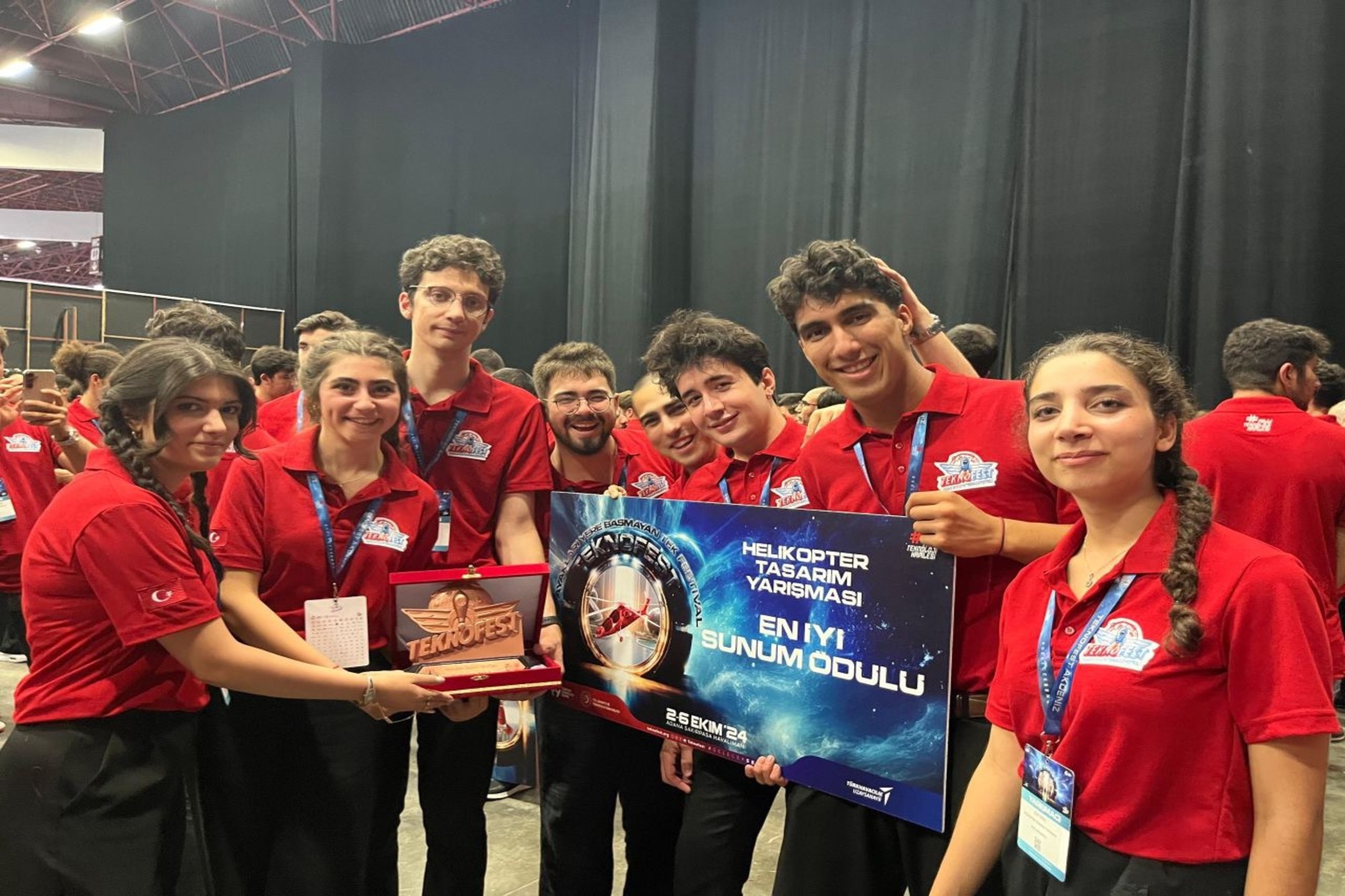
Teknofest 2024 Helikopter Tasarım Yarışması
Havacılık ve Uzay Mühendisliği bölümü öğrencilerimizden oluşan ECO-Dynamics takımımız, TEKNOFEST Helikopter Tasarım Yarışmasında 'en iyi sunum ödülü'ne layık görüldü. Öğrencilerimizi ...
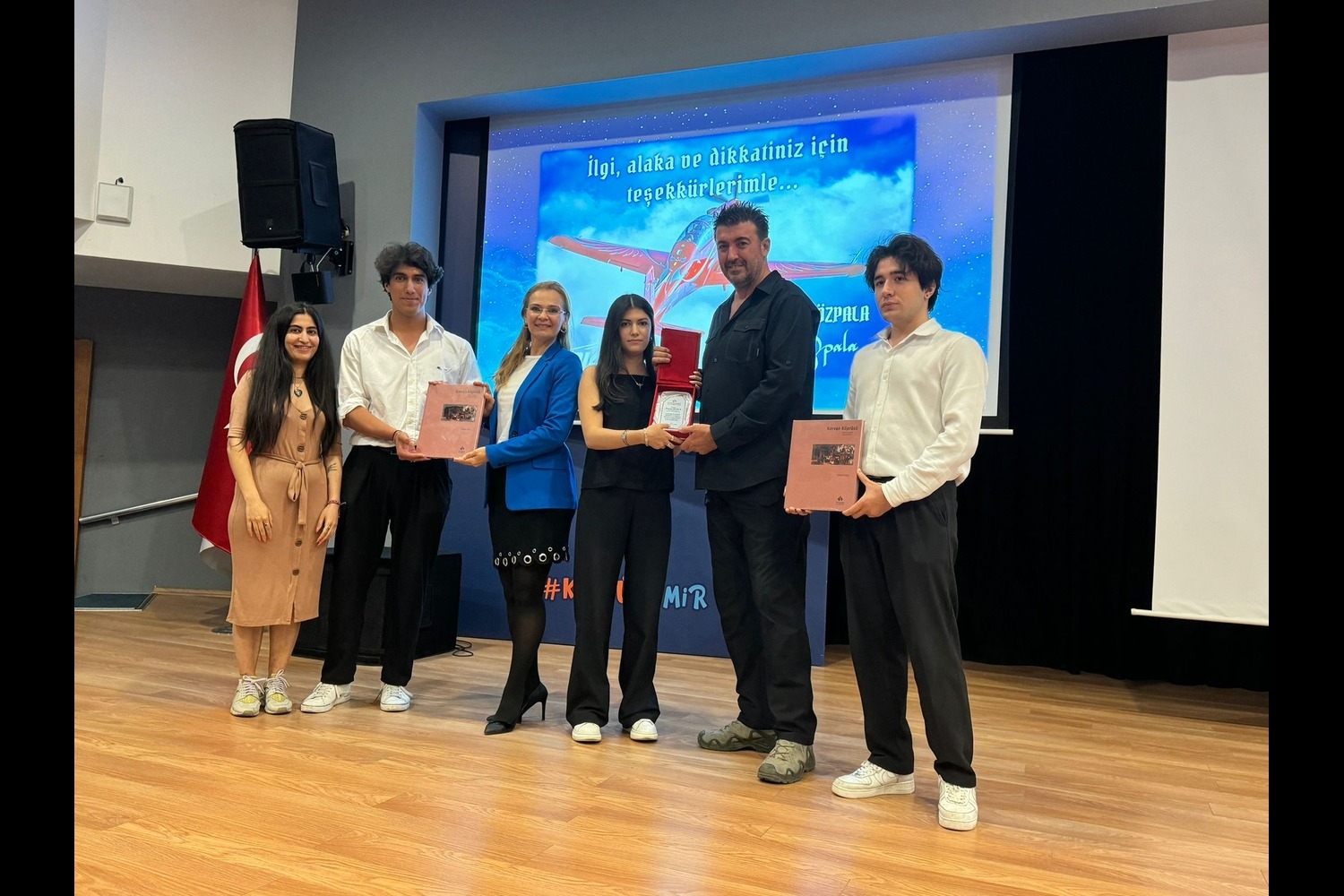
Murat Özpala Ziyareti
HÜRKUŞ'un ilk uçuşu da dahil olmak üzere 2000 saatin üzerinde deneysel test uçuşunu başarıyla gerçekleştiren TUSAŞ Eğitim Uçakları Baş Uçuş ...



